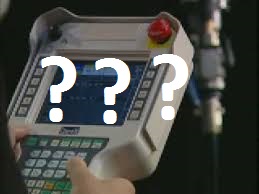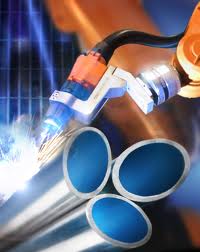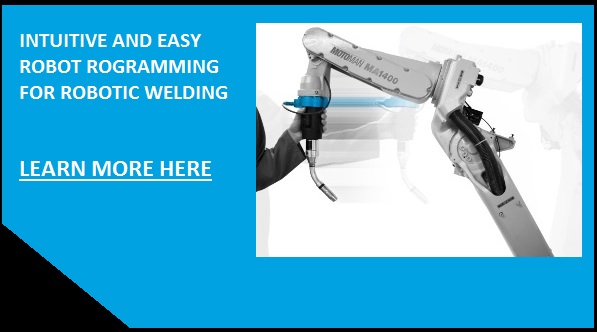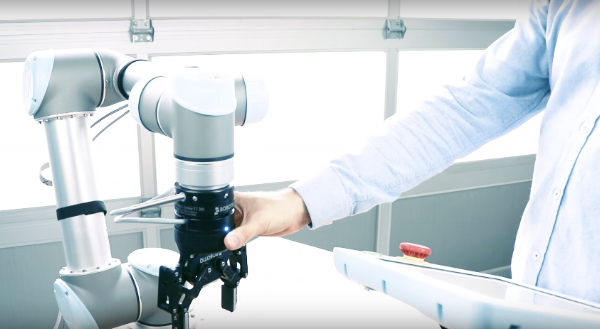Robot Welding: Programming Challenges

Posted on Aug 06, 2013 12:10 PM. 4 min read time

Automation is now a must for manufacturers in order to stay productive and efficient. More and more companies are modifying their production line to incorporate robotic devices. Manufacturing processes are changing and the tasks for workers as well. However, we are not talking about replacing employees. They are still needed on the production line but their tasks are being modified. Today’s companies need thinkers and problem solvers as employees. Workers now need to be able to adapt to any change on the line, every day or even every hour.
New Tasks
When it comes to welding, automation can produce great results through the consistency and repeatability that robotic welding provides. Therefore, welders’ tasks are evolving. They are not needed to do the basic job anymore, but they will be responsible for the overview of the welding process, this includes setting up the robot and feeding it with the parts to weld. This also means that they are now responsible for the programming of the robot.
Challenges of programming robotic welding
Programing can be a hard task for welders since it is not intuitive even for trained programmers. The programming tools may differ from various robot manufacturers and even between robot models. This is a challenge because each time the company buys a new kind of robot, the learning process starts again. Then, the robot can usually only be programmed by moving each axis independently, as well as programming their speed and acceleration. It would be simpler if you just had to consider the position of the end effector, since this is the major concern for welding.

After positioning the end effector, the welding parameters have to be set according to the weld being done and the materials being used. For these tasks, welding experience is a good asset, so this is a perfect task for welders. In fact, welders are the best employees for this job, because their experience in welding is very valuable and takes years to gain.
When automating welding processes, the actual welders can quite easily be reassigned to set up the robot. This is true only if the path programming can be simplified. Robotiq has thought about this and come up with a solution: Kinetiq Teaching.
Kinetiq Teaching
This new product is in fact a force sensor. It is installed between the robot arm and the welding torch. Then, when you take the torch by hand and move it around, the robot will move to the position you have selected. This device will be integrated with some robot models to be able to determine the path via the teach pendant. It allows 6 degrees-of-freedom and has great precision for welding applications. Now, the programming becomes intuitive and simple.
Thus the programming is made easier for welders; and companies will benefit from these experienced workers. Now, they just need a much more simplified training to set up the welding path through the teach pendant, which merely involves moving the robot by hand. Then, their welding experience will be a good asset for entering the welding parameters and adjusting them if needed during the process.
Related Articles:
Robotic Welding: How to get started? - Part 1
Robotic Welding: How to get started? - Part 2







Leave a comment